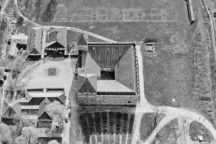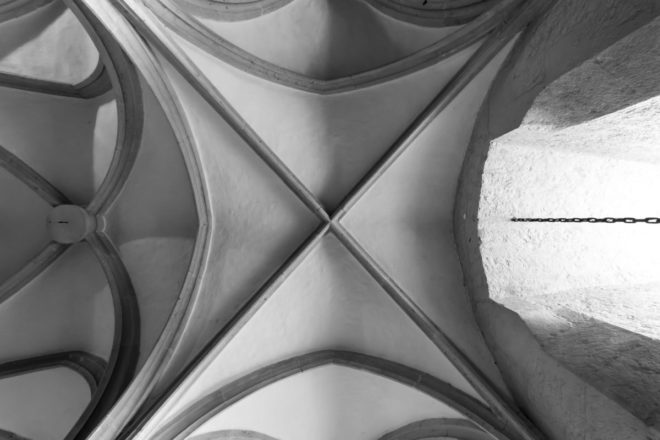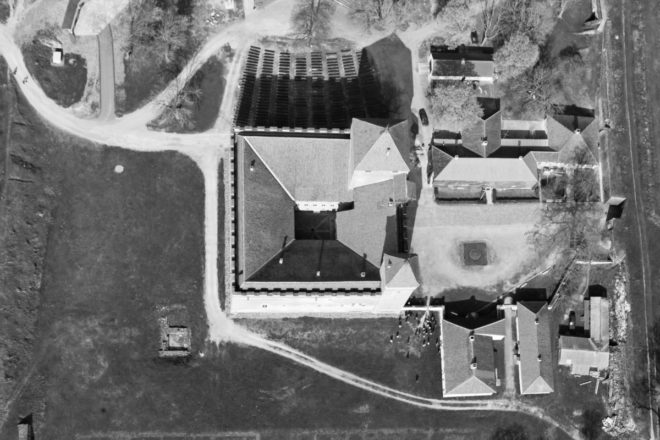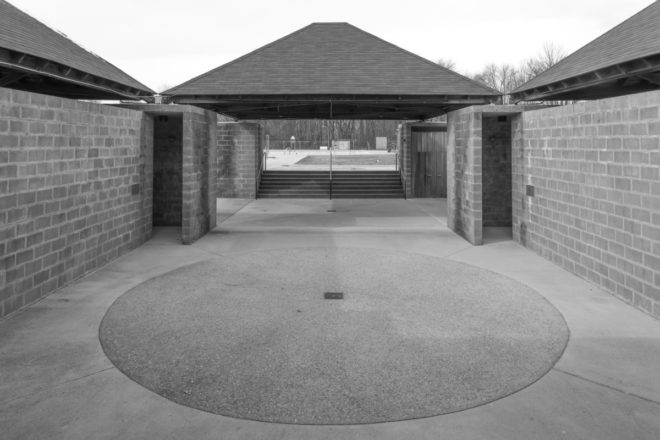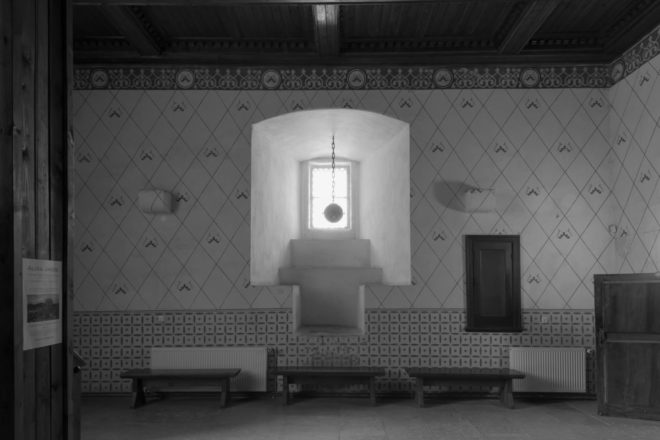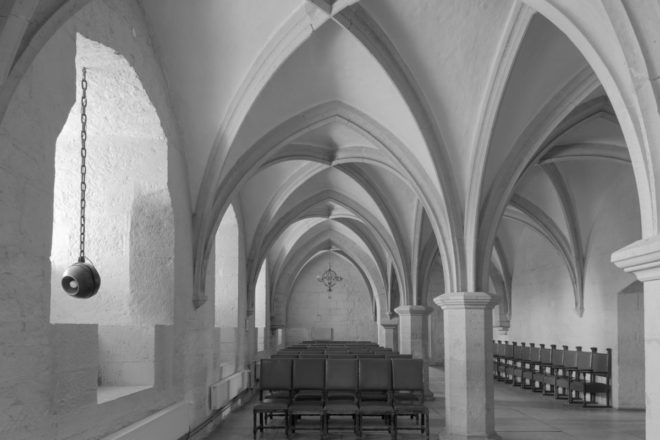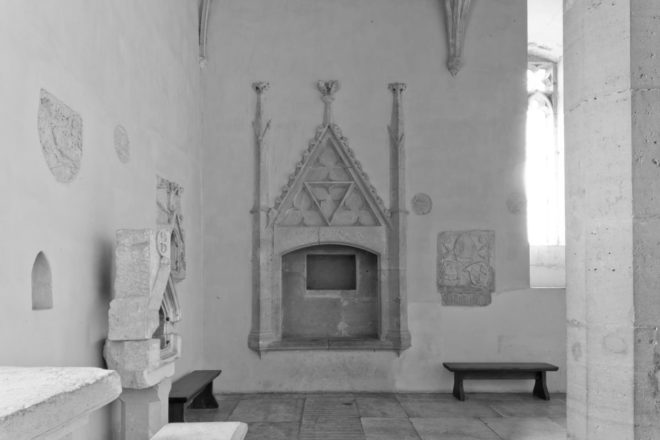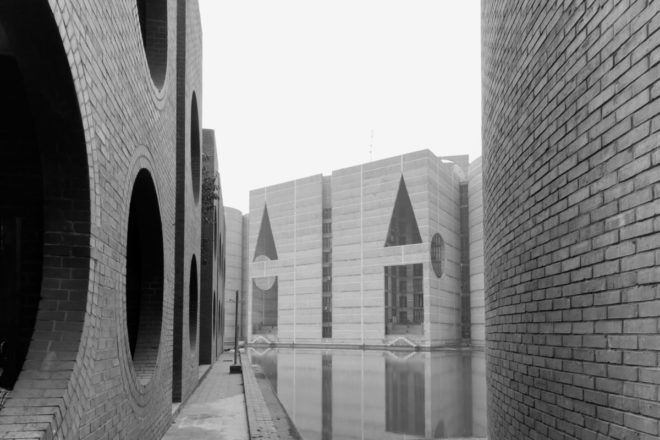Through the centuries, the simpler basic geometry shapes, such as the square, circle, triangle, etc. or the cube, pyramid, sphere, tetrahedron etc. have proven to be the “building stones” of the universal visual language of art and architecture. Basic geometry is visualized mathematics and as such universal. Therefore, geometric shapes are claimed as “one’s own” by very different eras and cultures, as well as diametrically opposed philosophical and religious systems. It is an open question when geometric shapes are nothing more than that, i.e. not connected to spirituality. And in what context is spiritual or religious meaning, with its concurrent influences, attached to a geometric shape? How did Kahn relate to this topic?
Kahn. The Islander. Text by Heie Treier. Photographs by Arne Maasik.
Tallinn 2016. Publisher Louis Kahn Estonia Foundation.
